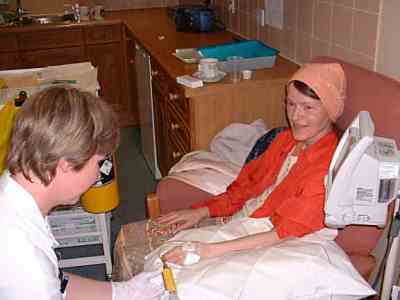Neuropathy? Healing Your Quality of Life!
If you’re a suffering patient, you already know “no cure” is never the same as “no help!” It’s an unfortunate truth: so far, peripheral neuropathy (sometimes referred to incorrectly as ‘neurophy’) has no actual cure, and most nerve damage is permanent. That may sound discouraging, but the chronic nature of neuropathy only means that developing options for treatment is even more important, not less.
When you and your clinician approach neuropathy treatment, you will really be talking about two things: managing your symptoms, and improving your overall quality of life. Significant strides in both of these areas have been made, and it’s important to realize how deeply they are interconnected.
In addition to the often-discussed pain, neuropathy has the potential to greatly impact your mobility. Between motor neuropathy (which affects the strength in your limbs directly), difficulty walking due to foot pain and joint stiffness, and difficulty with manual dexterity and fine motor skills, it’s no wonder that many people who live with peripheral neuropathy have trouble doing simple tasks they once found easy; things the people around them still have no trouble doing! The frustration that goes along with mobility loss can be almost as bad as the pain itself. Anesthesia & Analgesia published a clinical study from Queens University which suggested that the impact of neuropathy on your mood alone is enough to be considered a serious symptom!
Specialty trained clinicians use neuropathy treatment methods which includes several known techniques and are continuously testing newer technologies too and actually take new courses every single month, so they are never “stale”!
Your case is unique-no two cases of neuropathy are exactly alike-so it’s important that you and your clinician develop your treatment plan together. Don’t forget feedback! Be sure to let your clinician know what seems to be working, what eases pain, what helps your overall mobility, and what isn’t having any effect for you.
“Beverly” is a remarkable lady who had been undergoing radiation for breast cancer, and was experiencing severe pain in her hands and feet, as well as tightness and inflexibility in her spine and limb joints. Over the course of 5 weeks, Beverly treated with neurostimulation, among other therapies to address her pain and range of movement.
Beverly’s pain lessened only incrementally over the time treated but the real improvement she experienced was in her range of movement!
Sure enough, her range of movement had increased measurably (in some areas as much as fifty percent), and overall tightness in her back was reduced. Needless to say, being able to move more freely will greatly impact Beverly’s quality of life-many of our patients stress to us that their mobility is what they miss most of all while living with peripheral neuropathy.
Beverly was very forthcoming about her symptoms, her improvement, and-also just as importantly-when a treatment isn’t helping. Neuropathy is complex, and different people will benefit in various ways from different neuropathy treatments.
Controlling your symptoms and improving your overall quality of life is what we’re all about. If you suffer from peripheral neuropathy, don’t wait to get in touch with us. We can answer all your neuropathy-related questions and connect you with a trained clinician who will help you ease your pain, restore your flexibility, and live your life to its fullest!






0 Comments
You can be the first one to leave a comment.